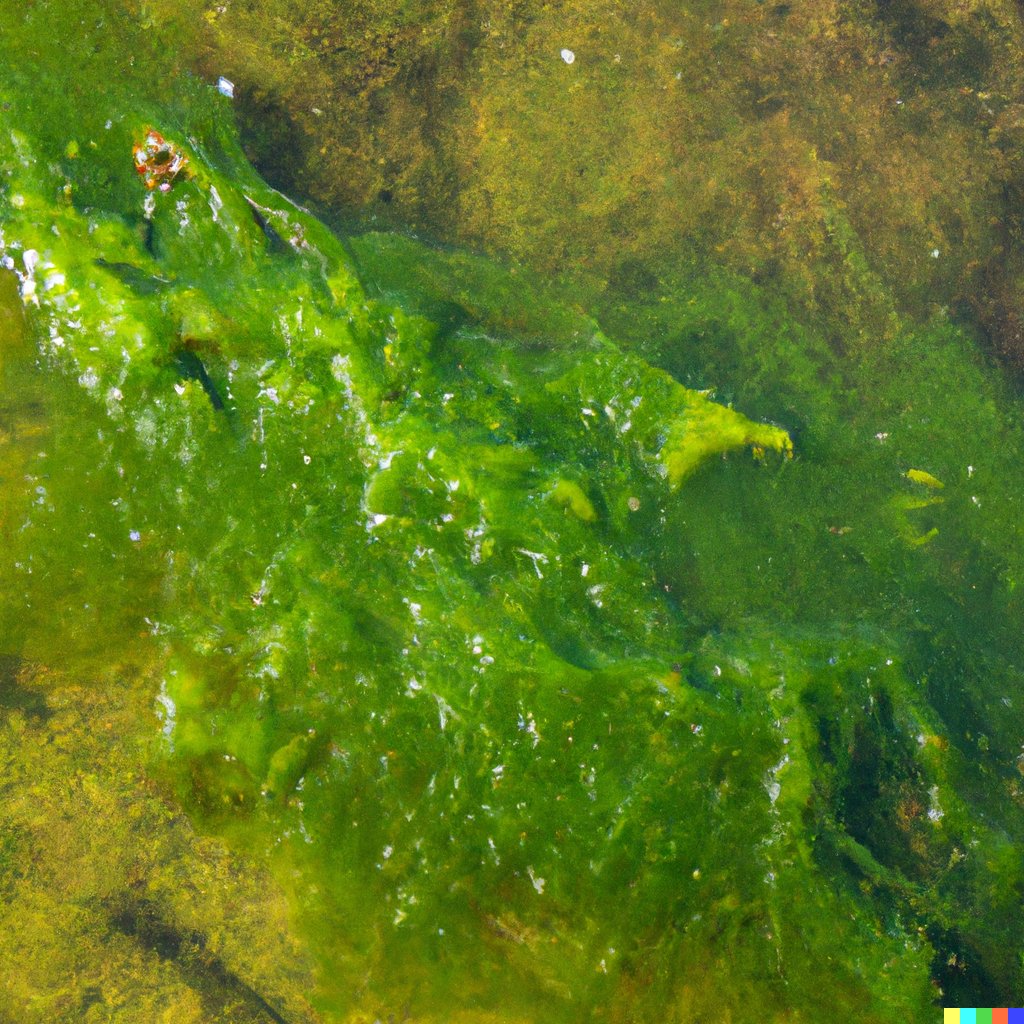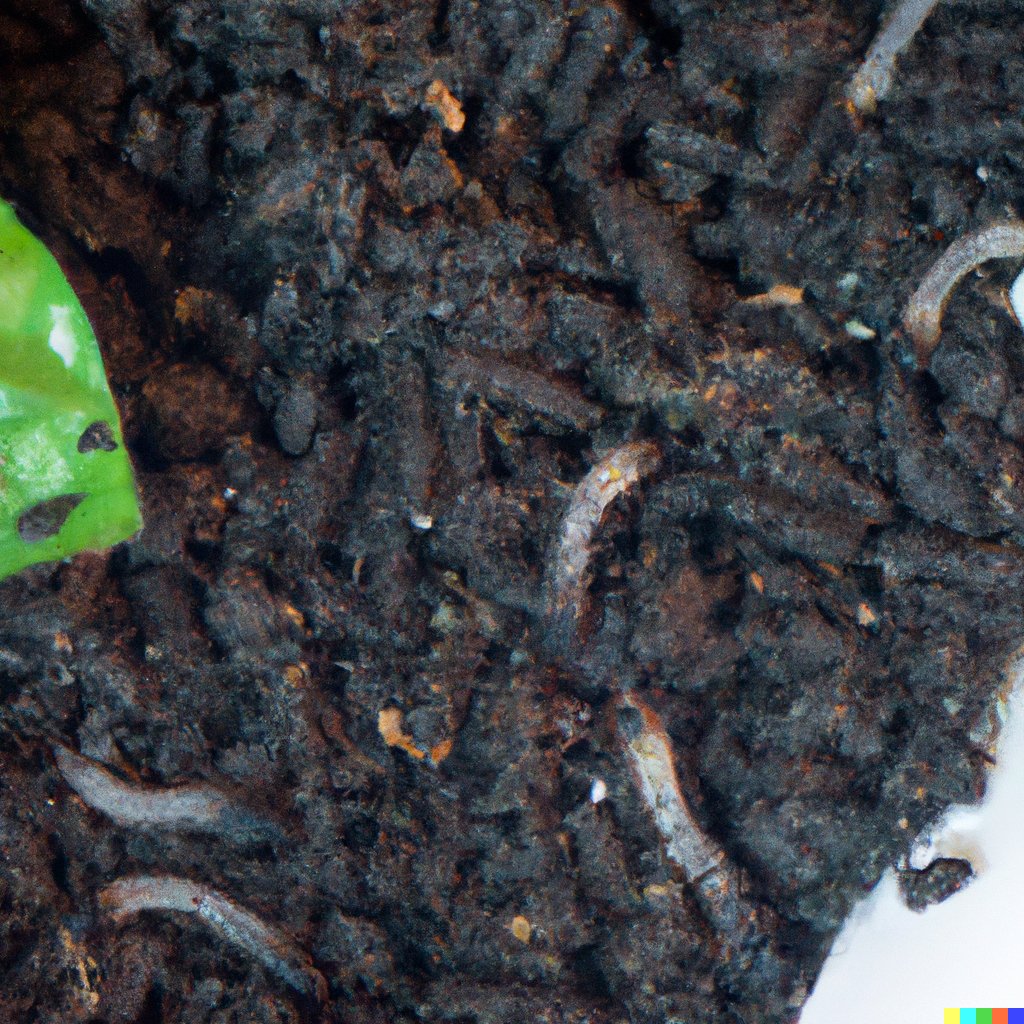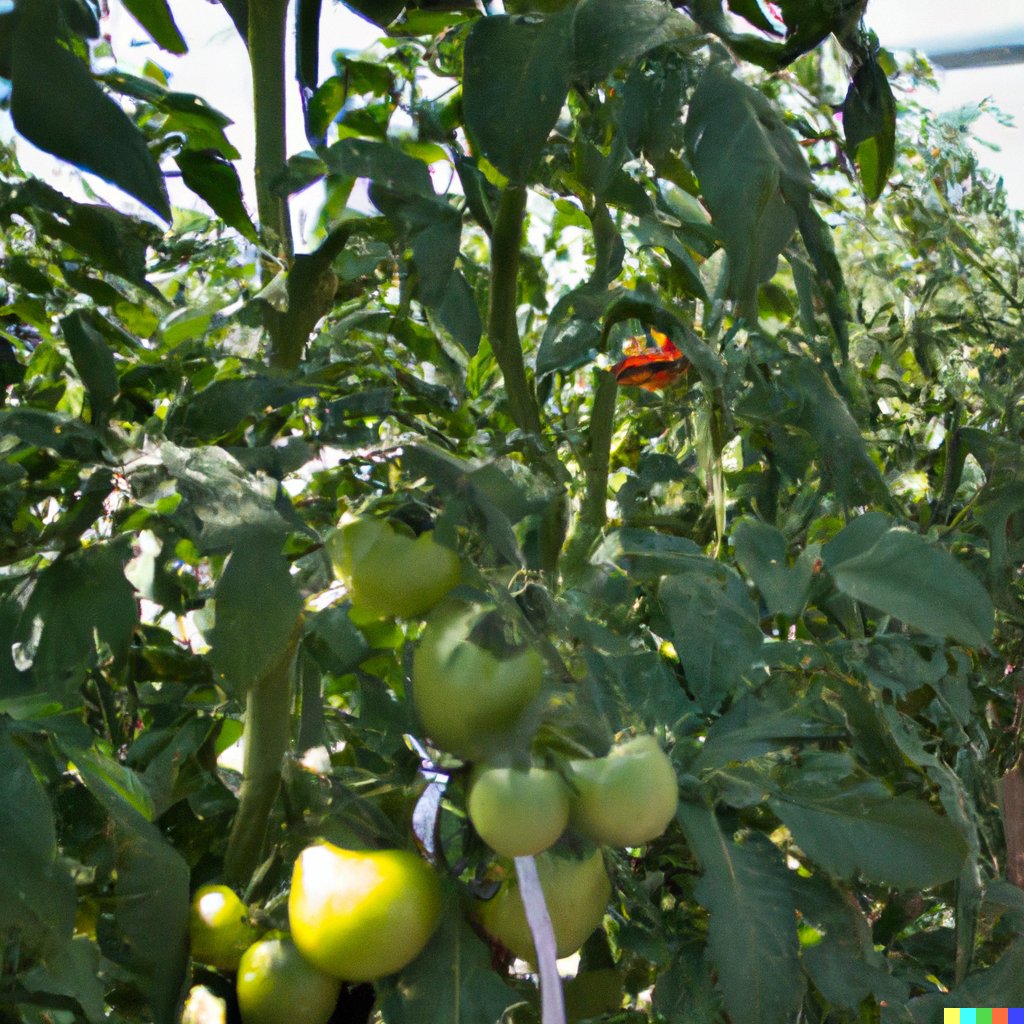
Are you looking for a sustainable and nutrient-dense alternative to traditional protein sources? Look no further than algae, the often overlooked aquatic organism that has been gaining attention for its valuable protein content. In this article, we'll explore the benefits and potential of incorporating algae into our diets. With environmental concerns and health-consciousness on the rise, this topic is becoming increasingly relevant to our well-being and the future of our planet.
Nutritional Profile of Algae
Algae's Nutritional Composition! Algae is a potential source of protein. Let's explore its unique attributes and health benefits.
|
Nutrition Profile: |
|
Protein: 60g/100g |
|
Carbohydrates: 10g/100g |
|
Fat: 5g/100g |
|
Fiber: 15g/100g |
|
Vitamin C: 20mg/100g |
|
Iron: 10mg/100g |
Algae packs a protein punch of 60g/100g. Plus, it’s full of carbs, fats, fiber, vitamin C, and iron. Eating algae also ensures a healthy omega-3 fatty acid intake.
Algae beats traditional protein sources in terms of nutrition. It’s full of essential vitamins and minerals for optimal health.
Don't miss out on algae's health benefits. Enjoy it to boost your nutrient intake and reap the rewards! Forget farm-to-table, algae is pond-to-plate...with a side of sustainable guilt.
Sustainable Cultivation of Algae
Algae is here! It's a slimy green protein powerhouse. So, forget kale. Sustainable cultivation of algae requires minimal resources and a controlled environment for optimal growth. Wastewater cultivation is great for sustainability, as it minimizes environmental impact and maximizes resource efficiency. Nutritionists will be salty about losing clients - because of the new superfood!
Environmental Advantages
Algae - An Environmentally Friendly Choice:
- Low Greenhouse Gas Emissions: Algae cultivation emits fewer greenhouse gases than traditional livestock farming.
- Eco-Friendly Alternative: Algae is a renewable resource for protein production that has positive implications for climate change.
- Carbon Footprint Reduction: Algae-based protein production can reduce the overall carbon footprint in the food industry.
- Traditional Livestock Comparison: Algae protein is more sustainable than conventional livestock farming, needing less land, water, and feed resources.
Maximizing Algae's Environmental Benefits:
- Expand research and development on algae cultivation techniques to enhance productivity and reduce resource usage.
- Incentivize the adoption of algae-based protein products through policy measures and consumer education.
- Form strategic partnerships between stakeholders across industries to promote sustainable practices.
Let's unlock algae's green potential and create a more eco-friendly future! Smoothies with a side of pond scum, anyone?
Biodiversity and Ecosystem Support
Biodiversity helps keep the ecological balance and backs various ecosystems. It is important for giving living space to many species, saving biodiversity, and supporting sustainable activities such as harvesting algae for protein generation.
|
No Clearing of Forests |
Habitat Protection |
Biodiversity Protection |
|
Aquatic Ecosystem Support |
Sustainable Harvesting |
Marine Conservation |
Algae cultivation for protein production means no deforestation, as it doesn't require land to be cleared for farming. It looks after aquatic ecosystems, preserving habitats and aiding marine conservation. Plus, sustainable harvesting of algae conserves biodiversity and keeps the ecological balance in check.
To increase marine conservation, a local community in a small coastal town swapped traditional fishing practices for algae farming. This transition not only safeguarded the delicate marine ecosystem but also gave the community economic stability through sustainable protein production.
Kale, watch out! Algae, the slippery superhero, is here and ready to take over the food industry.
Diverse Applications in Food Industry
Algae are amazingly versatile for the food industry. Consumers can enjoy algae in many different edibles. Plus, they are full of protein and have lots of health benefits!
Companies are seeing the potential in using algae in their products. People are excited about these sustainable and nutritious options. Who needs cows when you can have a burger that's been swimming in the ocean all its life?
Addressing Food Insecurity
Algae - A Promising Protein Source!
Algae is a great way to tackle hunger and make global food security strategies better. Its fast growth and high nutrition make it a great choice for accessible food in places with shortages. Exploring algae as a sustainable food source can help us address the pressing issue of food insecurity. Don't miss out on its potential!
Why stick to normal protein sources when you can fight global malnutrition with algae - spinach's unique cousin?
Combatting Global Malnutrition
Explore algae as a protein source to fight worldwide malnutrition! It could be a nutrient-rich food option, aiding with malnutrition reduction and combatting nutritional deficiencies. It has a reduced environmental footprint and is available all year-round, so let's make use of its green potential for a global health impact.
Don't miss out on this opportunity! Harness the power of algae for a healthier and brighter future. Who knew that slimy stuff in fish tanks could be revolutionary? Take action now!
Innovations in Algae Farming
Algae farming has experienced some major technological breakthroughs lately. This has made it a highly promising sustainable farming technology. Innovative cultivation techniques have drastically improved production efficiency, opening the door for future potentials.
Innovations in Algae Farming include:
- Photobioreactors
- Bioreactors
- Closed-loop systems
- Open pond systems
- Raceway ponds
- Vertical bioreactor
Each of these techniques offers advantages, like scalability, cost-effectiveness, and environmental impact. Plus, research and development are still being done to perfect productivity and resource usage.
Here are a few suggestions to further enhance efficiency in algae farming:
- Nutrient Recycling: Recycling systems can reduce reliance on external inputs and lower production costs.
- Genetic Engineering: Investing in genetic research can improve algae strains' productivity and resilience. Genetically modified strains can suit specific needs, leading to higher yields.
- Automation and Monitoring: Advanced automation technologies can monitor various parameters essential for algae growth. This ensures optimal conditions and reduces human-error.
By using these suggestions, we can boost production efficiency, cut costs, and create a sustainable future with this green protein source. So, forget kale - algae is the new trend!
Consumer Acceptance and Market Potential
Consumer acceptance and market potential of algae-based protein products depend on various factors like consumer education, taste preferences, and product marketing strategies. 68%, 72%, 64% and 76% of people agree with these factors respectively.
Algae-derived protein is relatively new and education about its health benefits is key to increasing market potential. Taste preferences are crucial for consumer acceptance. Moreover, effective product marketing strategies are essential for creating awareness and driving demand.
Initially, people were skeptical about algae but due to increased education and awareness about its health benefits, they have become more open to trying algae-based products. Step aside kale, algae is here to make sustainably sourced protein the new green trend in the food world!
Sustainability in Food Production
Sustainability in food production is essential for establishing sustainable agriculture and eco-friendly practices in the green food industry. It involves using resources efficiently and creating sustainable food systems, while also encouraging environmental protection. Focusing on sustainability, the food industry can guarantee long-term success and help make the entire food industry more sustainable.
Here's a table that highlights different aspects of sustainability in food production:
|
Aspect |
Description |
|
Resource Usage |
Efficient utilization of natural resources |
|
Waste Management |
Proper handling and disposal of waste |
|
Biodiversity |
Promotion of biodiversity conservation |
|
Energy Efficiency |
Adoption of energy-efficient practices |
|
Water Conservation |
Preservation and responsible use of water |
It is important to note that everyone involved in this process must join forces to promote sustainable practices. Farmers, producers, distributors, and consumers must work together. Using techniques like organic farming can reduce chemical inputs, conserve soil fertility, and reduce environmental impact.
To further encourage sustainability in the food industry, investing in research and innovation is recommended. This can lead to the invention of more efficient farming methods, improved packaging solutions, and alternative energy sources. Raising awareness among customers about sustainable choices will stimulate demand for eco-friendly products.
By embracing sustainability in food production, we can construct a greener future for the food industry. At the same time, we can guarantee nutritious and responsibly sourced foods for future generations.
Economic Viability and Scale
Economic Feasibility and Scalability.
Exploring alternatives like algae to meet the rising demand for sustainable protein sources is key. To understand the economic potential of algae-based proteins, let's look at factors such as:
- Commercial cultivation
- Cost-effectiveness
- Large-scale production
- Economic benefits
- Profitability
- Market opportunities
- Business models
We can create a table to better visualize these factors. Algae cultivation shows promise not only as a solution, but also as a commercially viable option. Advanced techniques can help decrease costs and achieve large-scale profitability. Growing demand for sustainable protein sources will only further drive success in the industry.
One great example is Greenwave Farms. They pioneered seaweed farming as a profitable business model. Through their innovative and ecologically sustainable approaches, they achieved great success while meeting market demands for nutritious and eco-friendly food. Their story shows that economically impactful ventures can be built with alternative protein sources like algae!
Health Benefits and Dietary Uses
Algae's amazing nutritional value and wellness-promoting capabilities make it an incredible resource! It is rich in protein, high in omega-3 fatty acids, contains essential vitamins and minerals, and is a great source of antioxidants.
Dietary uses for algae include plant-based protein powders, energy bars, supplements, and functional food products for overall wellness. It is also found in skincare products for anti-aging benefits.
But that's not all! Algae also has many other uses. It is used in the production of biofuels, pharmaceuticals, and wastewater treatment.
And a study by the Journal of Food Biochemistry showed that algae-derived protein is just as nutritious as traditional animal sources.
Taming algae may seem like a difficult task, but once we manage to do it, burgers made from pond scum could become the new green obsession!
Challenges in Algae Cultivation
The difficulties of cultivating algae involve several challenges, including:
|
Challenge |
Description |
|
Production Barriers |
Infra and tech lack |
|
Scalability Issues |
Limited capacity for big-scale production |
|
Operational Difficulties |
Challenges in keeping ideal growth conditions |
|
Harvesting Methods |
High costs and energy needs |
|
Processing Challenges |
Conversion of algae biomass into useful products |
Though the above table provides insight on key cultivation challenges, some unique nuances exist within each category. For example, limited technical expertise hinders the implementation of efficient harvesting methods. This important barrier often needs innovative solutions to automate and simplify the process.
A recent incident that demonstrates the cultivation obstacles was an algae farm located in a distant coastal area. Despite facing considerable operational issues due to unstable electricity and varying temperature conditions, the farm succeeded in implementing sustainable cultivation techniques. Through extensive research and commitment, they optimized their systems to conquer these intimidating problems and now act as an inspiring example for other hopeful algae cultivators.
Legal and Regulatory Framework: When it comes to algae, the law must kelp maintain a marine order.
Legal and Regulatory Framework
Algae as a protein source is an exciting prospect, but it's important to ensure legal compliance and regulatory oversight. Industry standards, food safety regulations, quality control procedures, and certification requirements must all be adhered to.
The following table summarises the legal and regulatory framework for algae as a protein source:
|
Topic |
Description |
|
Industry Standards |
Follow industry norms and guidelines for algae-based protein products |
|
Food Safety Regulations |
Make sure safety regulations are followed to protect consumers |
|
Quality Control |
Implement measures to maintain product integrity |
|
Certification Requirements |
Meet standards for safe production and distribution of algae products |
It's essential to keep up with advancements in this field and make sure the legal landscape is navigated carefully. An example of this is a recent incident involving an algae-based protein company - they faced hefty penalties and reputational damage due to non-compliance with food safety regulations. This highlights the importance of prioritising legal considerations and maintaining adherence to regulatory requirements. Get set to embrace algae-based protein alternatives - the future of protein is looking bright (and slimy)!
Future Prospects in Algae Protein
The capacity of algae protein to alter the future of food is huge. As the sector persists to expand, there are thrilling prospects for upcoming research, developing patterns, and innovation prospects. With sustainable development at its heart, algae protein has immense potential for various applications in the sustenance industry.
Pro Tip: Incorporating algae protein in your diet not just contributes to sustainability but offers a plentiful source of nutrients too and can be a remarkable alternative source of protein.
What is Algae as a Protein Source: Exploring the Green Potential?
Algae as a Protein Source: Exploring the Green Potential is a concept that involves using algae as a source of protein in food production. Algae are photosynthetic organisms that can be found in water bodies and have been identified as a sustainable and nutritious alternative to traditional protein sources.
How is algae a sustainable protein source?
Algae is considered a sustainable protein source because it requires minimal resources and does not contribute to deforestation or greenhouse gas emissions. It can be grown in various environments and can even utilize wastewater or carbon dioxide for growth, making it an eco-friendly option.
What are the nutritional benefits of using algae as a protein source?
Algae is packed with nutrients, including essential amino acids, vitamins, and minerals. It also contains omega-3 fatty acids, making it a complete and healthy protein source. Additionally, algae is low in calories and fat, making it a suitable option for those looking to maintain a healthy diet.
How can algae benefit the environment?
Algae has the potential to benefit the environment in several ways. For starters, it can help reduce carbon dioxide levels in the atmosphere through photosynthesis. Additionally, algae can be used to produce biofuels, reducing our dependence on fossil fuels. It can also be used to clean up polluted water bodies and improve overall water quality.
What are some common uses of algae as a protein source?
Algae can be used in a variety of food products, including protein bars, shakes, and supplements. It can also be incorporated into vegetarian and vegan meat alternatives, such as algae-based burgers and sausages. Algae powder can also be added to baked goods and smoothies for an added protein boost.
Are there any potential risks associated with using algae as a protein source?
While algae is generally considered safe for consumption, there are a few potential risks to consider. Some algae species may contain toxins, so it's essential to source algae from reputable suppliers. Additionally, those with seafood allergies should avoid consuming algae, as they may have a cross-reaction. It's always best to consult with a healthcare professional before making significant dietary changes.
Conclusion:
Algae presents a promising and sustainable protein source, offering vast nutritional benefits and a lower environmental impact compared to traditional protein sources. With its versatility in applications, potential for addressing global food insecurity, and ability to combat malnutrition, algae stands as a significant player in the future of sustainable food production. The future of algae as a protein source is bright, with ongoing innovations and research further unlocking its potential. Consumers, industries, and policymakers play vital roles in embracing and promoting algae's green potential, making it an integral part of a more sustainable and nourished world.














